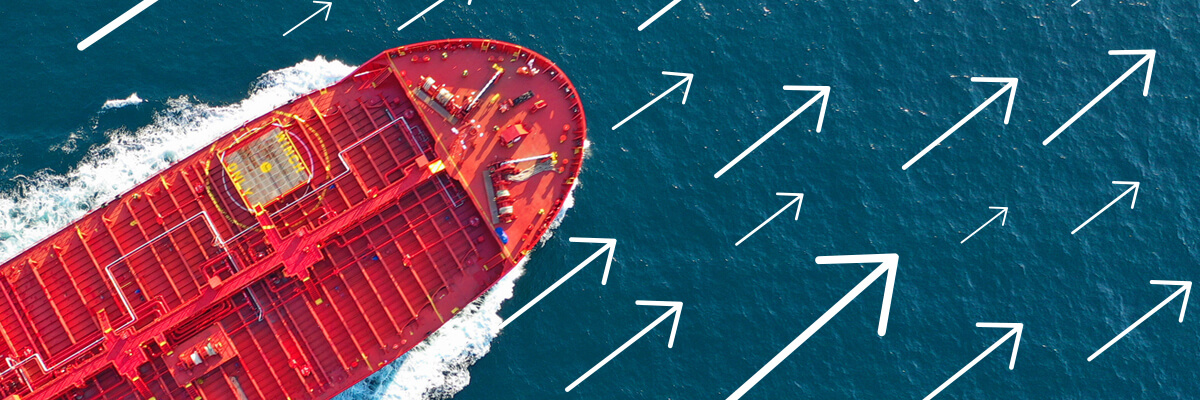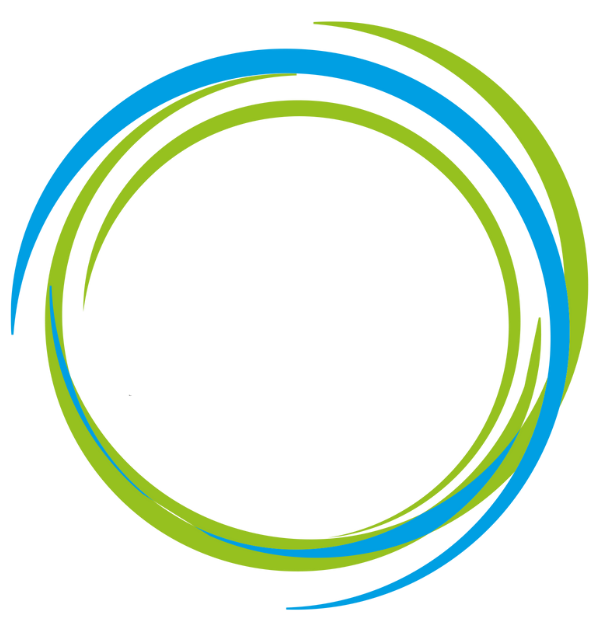
Outlook for Q2 remains positive
The crude tanker market continued to strengthen throughout March, underpinned by a tightening pool of compliant vessels, shifting trade flows, and solid underlying demand. Spot earnings climbed steadily across key segments, with Suezmax and Aframax tankers leading the way.
Kazakh crude expansions boost Suezmax segment …
Mid-sized crude tankers have seen the most notable gains this month. Suezmax rates surged, hitting a 12-month high as crude exports from Kazakhstan jumped sharply. More oil is now being shipped out of the Black Sea, thanks to increased production from Kazakhstan’s Tengiz oilfield. This has led to a noticeable jump in tanker activity in the region. This uptick, coupled with longer voyages toward Asia, significantly reduced tonnage availability and lifted rates.
… while Europe-bound Canadian exports lift Aframax
Aframaxes also had a standout month, particularly in the North Sea and Mediterranean. A major factor has been US tariffs on Canadian oil, which have redirected Canadian exports to Europe. With over 75% of these barrels now being moved by Aframaxes, spot earnings soared, reaching around $47,000 per day in the North Sea. A tight vessel list and limited tonnage ballasting from the US Gulf added to the upward pressure.
Geopolitical shifts fuel tonne/mile demand
Beyond regional developments, broader geopolitical events played a significant role. The OPEC+ decision to modestly increase output has added more crude to the market, helping to lift long-haul VLCC and Suezmax demand. Meanwhile, US tariffs on Canadian and Mexican crude and persistent Red Sea disruptions have reshaped tanker routes – lengthening voyages and tightening fleet supply.
Compliant vessels wanted in time of sanctions
The G7’s push to crack down on the shadow fleet could be another game-changer. With over 20% of the global tanker fleet now considered non-compliant, stepped-up monitoring and enforcement may push more cargoes onto compliant tonnage, supporting mainstream freight rates.
Worldwide tanker supply dwindling, fuelling demand
Fleet growth remains minimal, particularly for crude tankers, and with no major deliveries expected in the short term, fundamentals remain tight. The compliant fleet is gradually shrinking, while sanctioned and shadow vessels become less viable for mainstream trades. This structural constraint continues to provide a supportive backdrop for earnings across most segments.
Promising Q2 outlook for tanker market
With rising oil production, longer trade routes, and a shrinking pool of compliant ships, the tanker market appears well-positioned heading into Q2. Suezmaxes and Aframaxes, in particular, benefit from structural and situational tailwinds, while VLCCs are holding steady on longer-haul demand. If the crackdown on the shadow fleet gains traction, we could see another leg up for compliant owners.
Source: Clarksons, Fearnleys Securities




